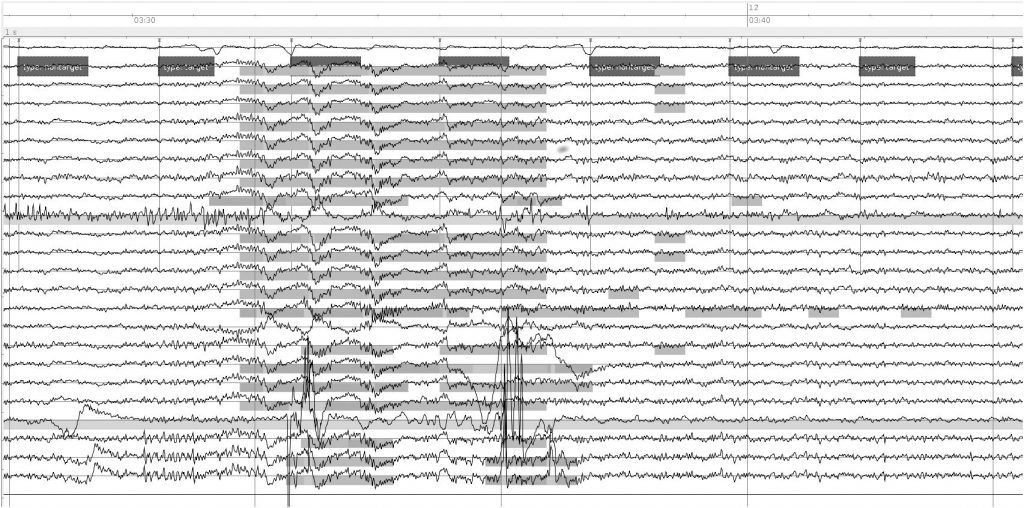
The image properties of the style-transferred images explain 50 – 69% of the variance in the ratings. Results demonstrate that not only objective image properties, but also subjective aesthetic preferences transferred from the original artworks onto the style-transferred images. In a rating study, we asked participants to evaluate the images along three aesthetic dimensions (Pleasing, Harmonious, and Interesting). We then computed eight statistical image properties (complexity, self-similarity, edge-orientation entropy, variances of neural network features, and color statistics) for each image. This procedure resulted in 150 style-transferred stimuli. To this aim, we transferred the styles of 25 diverse abstract paintings onto 150 colored random-phase patterns with six different Fourier spectral slopes. In order to focus on the subjective perception of artistic style, we minimized the confounding effect of cognitive processing by eliminating all representational content from the input images. In the present study, we ask how Neural Style Transfer affects objective image properties and how beholders perceive the novel (style-transferred) stimuli. One application is Neural Style Transfer, which allows to transfer the style of one image, such as a painting, onto the content of another image, such as a photograph. We propose that this is because longer-lasting response components from other visual areas are not well represented in the steady-state VEP at higher frequencies.Īrtificial intelligence has emerged as a powerful computational tool to create artworks. While the basic phenomenon of polarity inversion occurs irrespective of the stimulus frequency, its relative impact on the steady-state response as a whole is the largest for high stimulation rates. Our data also demonstrated that the sum of the hemifield responses is a good approximation of the full-field response. Polarity inversion was more prominent at electrode Pz, also for transient responses.

#Psychopy scale description full
With increasing frequency, this resulted in an approximate inversion of the full steady-state response and consequently in a phase shift of approximately 180° in the time-domain response. The data were assessed both in the time domain and in the frequency domain.Ĭomparing the responses to the stimulation of upper and lower hemifield, polarity inversion was present within a limited time interval following individual stimulus onsets. The upper and lower hemifields were tested separately and simultaneously.

Sequences of brief pattern-onset stimuli were presented at different stimulation rates ranging from 2 Hz (transient VEP) to 13 Hz (steady-state VEP). The present study assesses the issue for different stimulation frequencies which result in different patterns of superposition in the steady-state response.


However, the steady-state VEP results from a complex superposition of response components from different cortical sources, which can obscure the inversion of polarity. Such a shape would have consequences for the surface-recorded visual evoked potential (VEP), as V1 responses to stimulation of the upper and lower hemifield manifest with opposite polarity (i.e., polarity inversion). According to the cruciform model, the upper and lower halves of the visual field representation in the primary visual cortex are located mainly on the opposite sides of the calcarine sulcus.


 0 kommentar(er)
0 kommentar(er)
